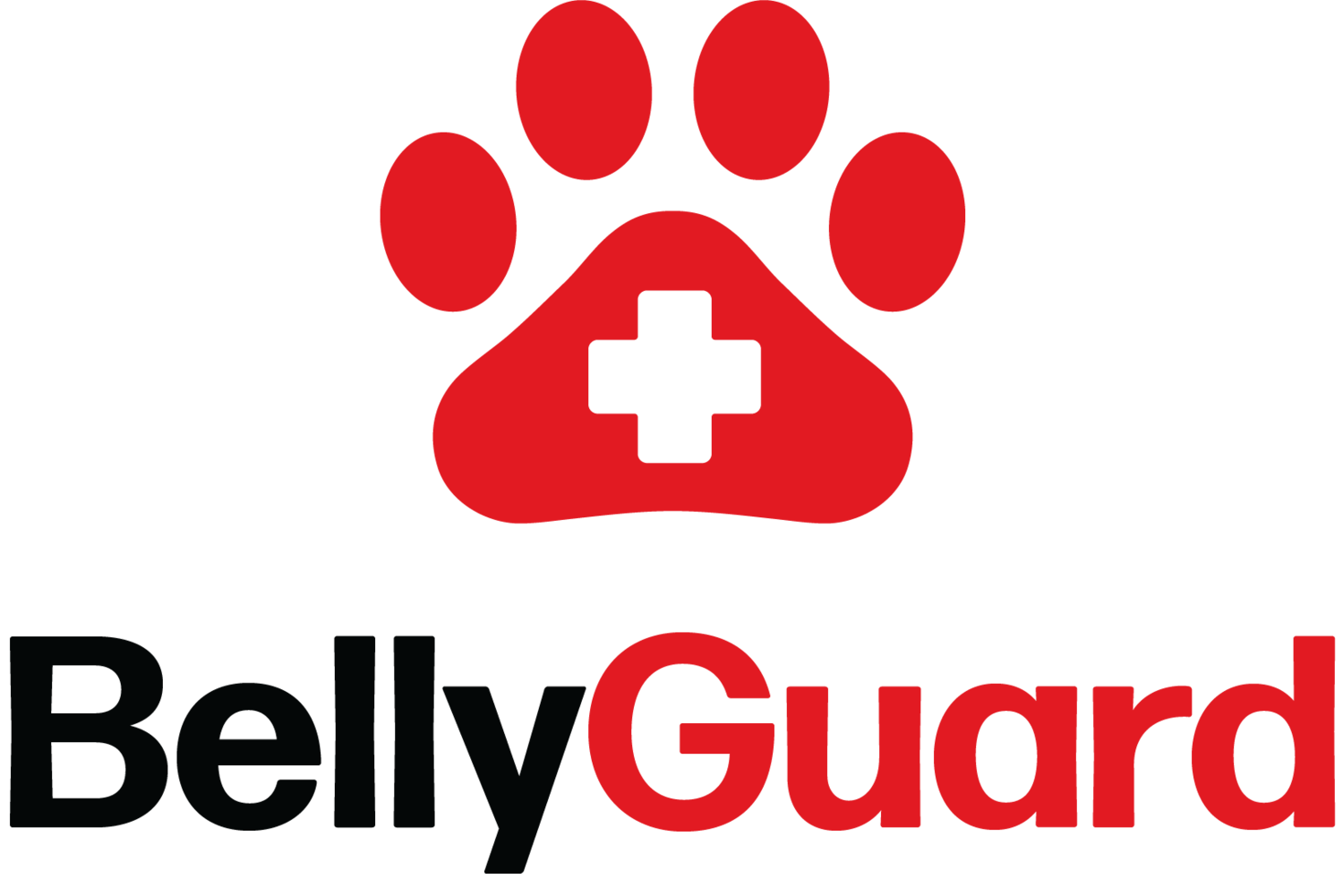3 Common Dog Recovery Mistakes That Could Slow Recovery (And How to Avoid Them)
Helping your furry friend recover from surgery can be an emotional journey. You want them comfortable, healing well, and back to their happy, active self as soon as possible. However, without proper post-surgery care, many pet owners unknowingly make mistakes that can delay recovery and lead to complications.
To ensure a smooth and speedy healing process, avoid these common dog surgery mistakes and follow expert-backed tips for optimal post-surgery care.
Recovery can be emotional for both pets and the owners. Therefore, to support you, we have created a 14 Day Recovery checklist for optimal recovery which is already organized so you know what to look for on a daily basis and when to call vet.
Click the button below and we will email you this printable guide.
1. Failing to Closely Monitor Your Dog from Day 1
Not monitoring your dog closely during recovery is the first mistake. Left to themselves, the chances of a complication or setback in recovery become more likely. The best way to support a pets recovery is by knowing what to be on the lookout for and monitoring them closely.
How to Avoid This Mistake:
Supervise your dog closely for the first week after surgery.
Monitor your pets eating and drinking habits.
Be sure to regularly check your pet’s incision site. (More on this later)
Ensure your pet is urinating and defecating regularly.
Keep your dog indoors and avoid leaving them unattended.
Follow your veterinary professional's guidance on post-op supervision.
Download our Free Recovery Plan!
2. Ignoring Signs of Infection or Delayed Healing
Infections can develop quickly if not monitored properly. Many pet owners assume minor redness or swelling is normal, delaying necessary treatment.
How to Avoid This Mistake:
Examine the post-surgery site regularly.
Use the BellyGuard’s clip-up system to easily inspect the site without removing the recovery garment.
Any redness, bruising, swelling, bleeding, or drainage should be reported to your veterinary professional right away. Sometimes, those things can be normal, but you should never assume! Your vet office will know best.
3. Not Providing a Cozy Crate or Recovery Space
A calm and secure space is essential for a successful post-surgery recovery. Without one, your dog may experience anxiety, which can slow healing.
How to Avoid This Mistake:
Set up a quiet, low-traffic recovery area with a soft bed.
Use a crate, X-pen, or playpen if your veterinary professional recommends limited movement.
Keep food and water within reach to reduce unnecessary movement.
Use time consuming, high value rewards like a slow-feeding toy, or a chewy treat to keep your dog occupied, relaxed, and stationary.
Continue reading for 6 more bonus recovery tips!
4. Removing Protective Equipment Too Soon
After surgery, your veterinarian will provide protective gear to prevent licking or scratching at the incision. Some pet owners remove these too early, risking infections and delayed healing.
How to Avoid This Mistake:
Keep protective wear on for the recommended time.
Consider alternatives like the BellyGuard recovery suit, which offers a soft and comfortable solution to traditional cones.
Ask your vet if BellyGuard is a good option for your pet’s recovery.
5. Allowing Too Much Movement Too Soon
Dogs often want to return to normal activities before they’re fully healed. However, jumping, running, or even climbing stairs can disrupt stitches and prolong recovery.
How to Avoid This Mistake:
Block off furniture, stairs, and ledges to prevent falls.
Keep them indoors and avoid leaving your dog unattended.
Follow your vet’s timeline for reintroducing activity.
Use a leash for bathroom breaks and limit movement.
Keep playtime controlled and avoid high-energy activities.
6. Skipping a Trial Run with Recovery Products
Many dogs resist wearing recovery suits or cones if they aren’t introduced beforehand. This can create unnecessary stress right after surgery.
How to Avoid This Mistake:
Let your dog try on the recovery suit a few days before surgery.
Ensure proper fit and comfort to avoid post-op struggles.
Adjust as needed to make the experience smoother.
7. Not Having a Backup Recovery Suit, or Protective Equipment
Recovery is often messier than expected. Without a backup, you may struggle if the suit gets dirty or wet and needs to be washed. Be prepared in the event that the protective equipment in use is damaged and rendered ineffective.
How to Avoid This Mistake:
Buy an extra BellyGuard recovery suit to rotate during washes.
Keep one clean and ready to prevent gaps in protection.
Have backup protective equipment for use if needed
8. Forgetting to Clip Up BellyGuard for Potty Time
One of the advantages of BellyGuard is its roll-up, snap feature for bathroom breaks, but forgetting to unsnap it can be an inconvenience for your pet.
How to Avoid This Mistake:
Always adjust the suit for potty breaks to keep your dog comfortable and ready when nature calls.
Follow the manufacturer’s instructions for quick and easy adjustments.
9. Not Following Your Veterinarian’s Full Recovery Plan
Many pet owners stop following restrictions too soon, thinking their dog is “fine” when they still need more healing time.
How to Avoid This Mistake:
Stick to the veterinary medicine guidelines for the full post-surgery period.
Complete any prescribed medications and checkups.
Contact your veterinary professional before making changes to the recovery plan.
Help Your Dog Recover from Surgery with the Right Tools
Recovering from surgery doesn’t have to be difficult for you or your dog. By avoiding these dog surgery mistakes and following proper post-surgery care, you can help your pet heal comfortably and quickly.
If you’re looking for a reliable alternative to the e-collar, consider BellyGuard. This dog recovery suit protects the incision while allowing your pup to eat, sleep, and relax without restriction. Best of all, it’s soft and breathable, helping them stay calm and cozy as they heal.
This blog was written in collaboration with vets.

